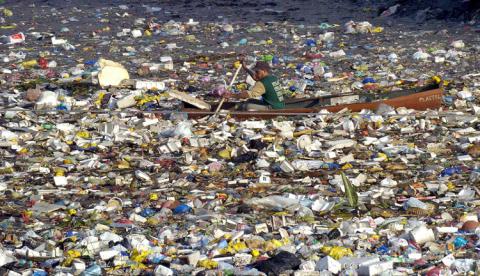Island of trash twice the size of Texas floats in the Pacific
As it travels, the non-biodegradable plastic continues to disintegrate into tinier and tinier pieces, even down to the molecular level. The smaller the plastic breaks down, the higher chance it has of being ingested by aquatic organisms. Much of the larger plastic is covered in barnacles, making the area a popular destination for scientists studying the impact of plastic on the ecosystem.
Scientists had suspected the existence of the plastic patch since 1988, but it wasn't confirmed until Charles J. Moore, a California-based sea researcher, stumbled upon the area in 1997 on his way home from a sailing race. Moore, who once described the area as plastic soup, released a study in 1999 indicating that the area contained six times more plastic than plankton. Recently, some samples have shown 48 parts plastic for every 1 plankton, meaning the levels of plastic concentration may have increased fivefold in just over a decade.
Sourse:

